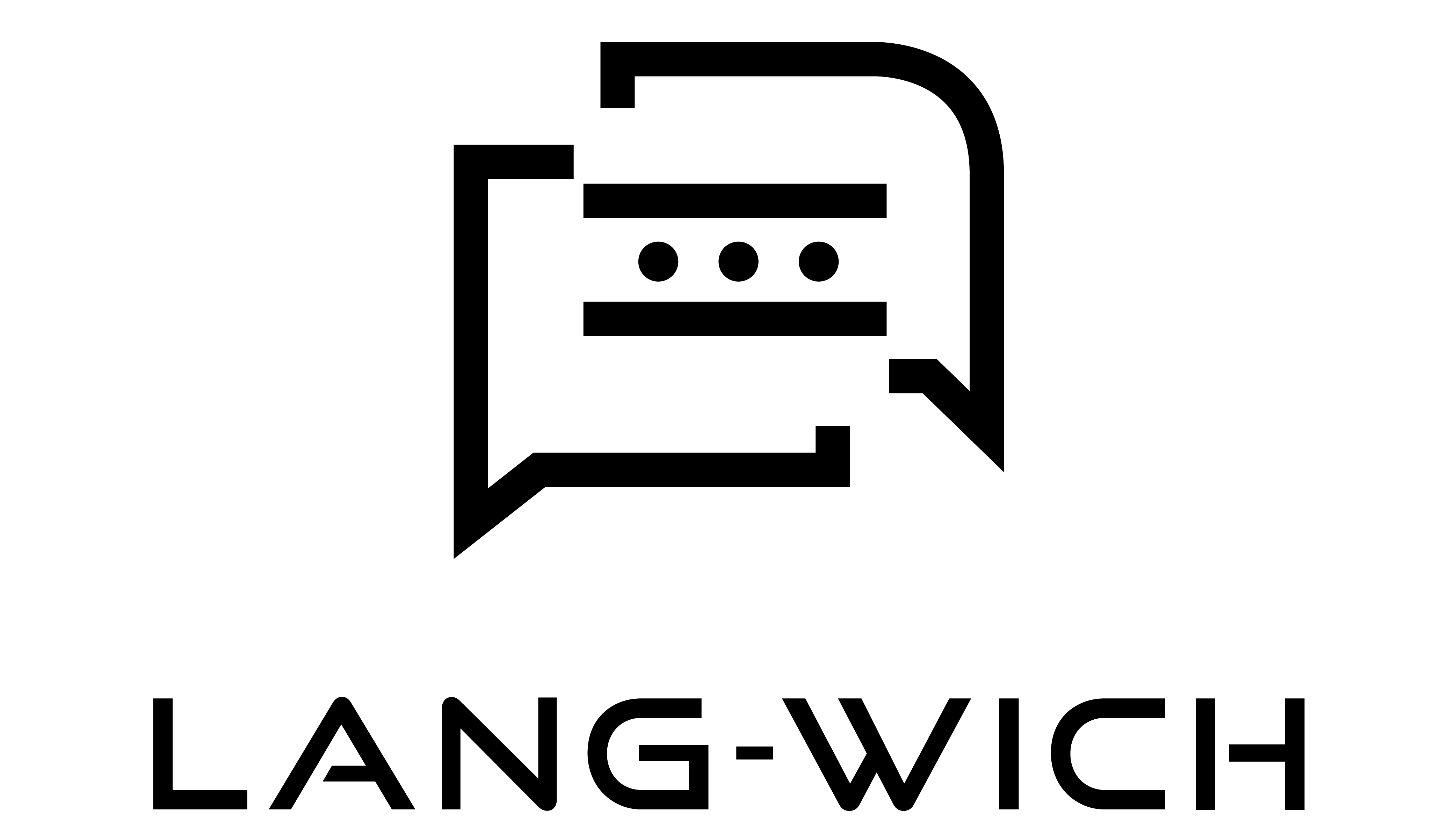How does this series for you to grow in your language-learning journey?
What you need to know about the Korean Classic Reader
Why use English Classic Stories?
The Korean Classic Reader is our book series that uses classic English stories to encourage reading in Korean for high-beginners/pre-intermediate level learners. Some stories are well-known, while others are not. The story, however, is still familiar as we assume most people would have read some of the popular writers from the UK and America from the 18th to early 20th centuries at least in literature classes in school.
You, as the reader, can use your knowledge of the Korean language to “piece together” what is happening in the story. This is where your language comprehension really is put into action. In your native language, you know that the more you read the more new words you are exposed to, thus better ability to express yourself. Reading in a foreign language is no different. We want to curve the comprehension aspect by using something familiar-ish.
Each story in the Korean Classic Reader series is an adapted and modernised version of the original. This may mean only focusing on a specific aspect of the story for the sake of keeping the story simple and suitable for your level. Many classic stories have many characters and multiple layers of details, themes and messages they wish to convey which is far too complex to do in a second language as an early reader so you will notice many details removed because of this. The aim is not to overwhelm you but to keep you practising reading so you can climb the ladder of comprehension to read native-level literature- if that is your intention.
We are aware of the struggles learners have in learning and maintaining a language. We know that it is not always easy to find fun, modern and easy-to-read stories. That’s why we are dedicated to creating a library for learners at Lang-Wich.
Our aim is to build readers’ confidence by improving speed, fluency and understanding through reading in another language.

How does this type of book help you read in Korean?
At Lang-Wich, we use the term “easy-to-read books” but in the language community, this type of book is called a “graded reader.” Graded readers help language learners improve their fluency in reading, writing, listening and speaking. They also expand vocabulary and grammar knowledge.
Graded Readers help with the core skills as they allow you to learn Korean in context. If you have read graded readers in other languages, you will have seen that these books are almost like guidance to getting you from beginner reading slowly to gradually picking up the pace and no longer feeling the fear of reading in Korean (or any other language you are reading).
Arguably, graded readers are not “authentic.”
You may have seen this discussion around the web as graded readers tend to “strip down” the context, and interactions between characters and use illustrations to convey its meaning. While some people are up for the challenge of reading native level books, others find it too discouraging to spend 30 minutes on one paragraph and most of that time is in the dictionary. Graded readers, although they shelter you from the “real” or “authentic literature,” do many things to encourage readers to keep going and guess the meaning of the one word they don’t know rather than not knowing the entire sentence.
You may have also seen many people recommend children’s stories as a way to learn a new language but graded readers are different to children’s books and here are 3 reasons why:
1. Graded readers use simple plot lines that are easy to follow.
Graded reader writers know that learners have limited knowledge of the language. They keep the plot basic but not boring. You can find many graded readers written in different genres to reach a wide range of interests.
Although children’s books are simple, they are not made for language learners. Many also use onomatopoeia which doesn’t help you in your day-to-day life knowing the sounds of animals. You also have to consider that the assumed audience is native speakers. These books will have lots of contexts that non-native speakers will come to learn later on. In that respect, that’s one reason why graded readers are more suitable for language learners.
2. Graded readers use a limited amount of vocabulary and grammar structures.
These vocabulary banks and grammar structures are likely to be from textbooks and other studying materials that have been academically approved. Using this type of foundation allows you to have a guide to building yourself up in Korean.
Graded readers, however, will take vocabulary and grammar structures and apply them to daily interests and usages for you to practically use. You will apply your language knowledge outside of the classroom and use it practically. Children’s books will do the same but they use words that you – as a teenager or adult would need. Again, in this respect, graded readers are more suitable for language learners because of their practicality.
3. Graded readers are to enhance what you have been studying.
Graded readers are not textbooks. They are for leisure – something to read on your commute or when you have some downtime, for example.
There is a lot of repetition so you can learn and remember words in context. This helps with all language skills because you can use it in the correct context. While children’s books have lots of repetition, illustrations and primary language for you to build upon, this is not an ideal way of building up on previously learned knowledge.
The final reason why graded readers are more suitable choices than children’s books is that you get a chance to bring what you have studied into a different setting – and it tests how much you have really understood in a less intimidating way.
Who is this series for?
This series is for teenagers and adults who like to expand their studies in a reading format. It is good for such readers to “break into” reading in Korean for the first time or are new to this habit.
Our stories are simple but compelling with a simple message throughout the story.
What we provide
We always have an audiobook available for each book we write so you can listen to the story. The audio is slow enough for you to hear every word and read along or listen and say.
We also have workbooks available for readers who want to use our books as an additional activity to their studies.
The Deeper the Darkness, The Brighter the Stars Shine
This is second easy-to-read book! It is out now in our shop.
Click the button visit our Shop.

Copyright @2022 – All Right Reserved. Designed and Developed by PenciDesign


